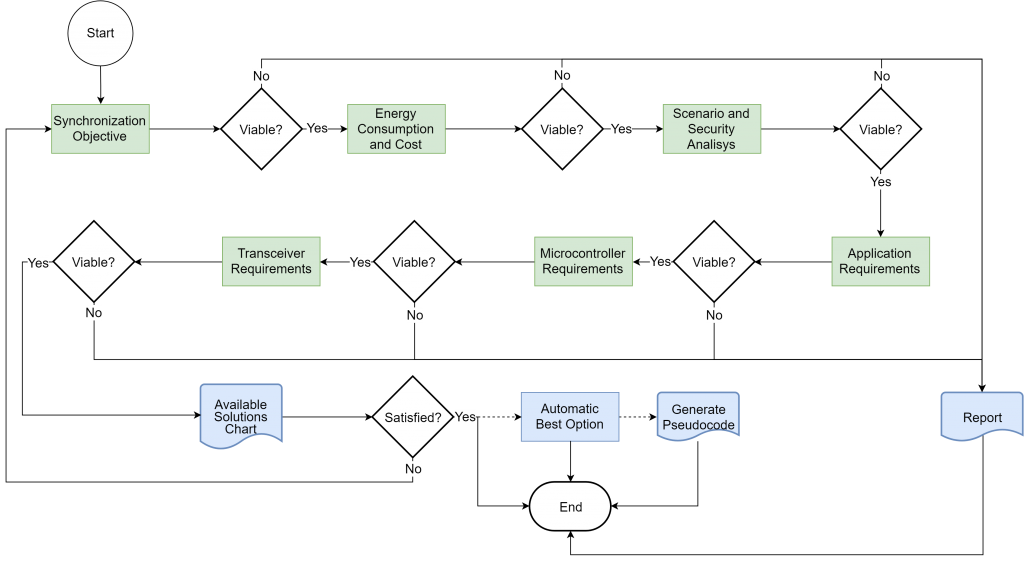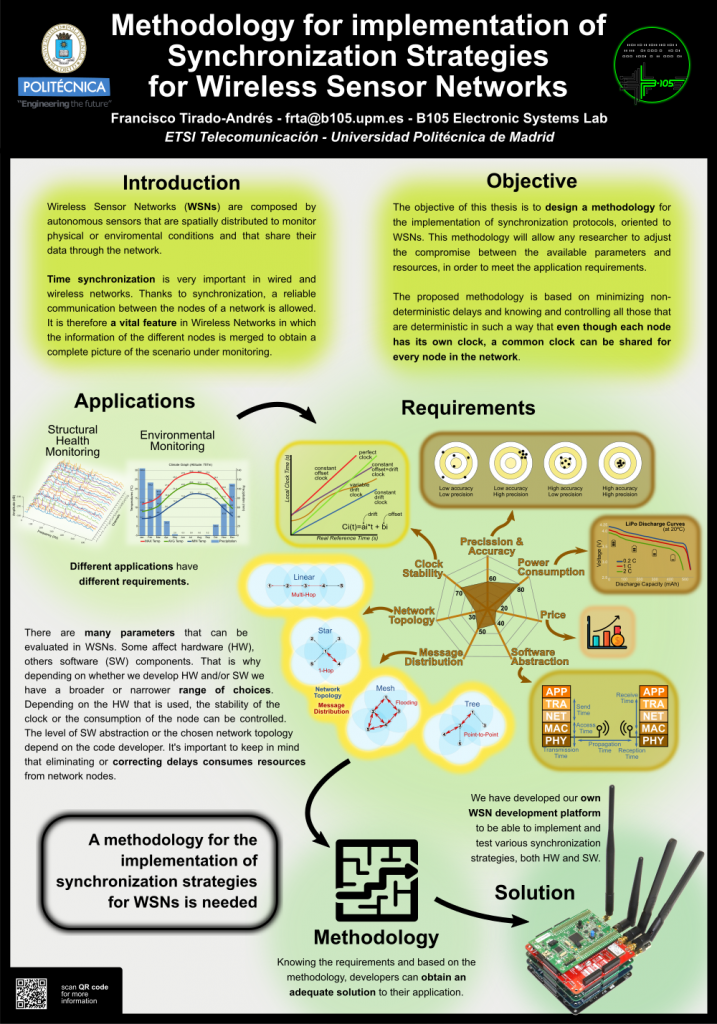This summer we have published a new article about time synchronization for wireless sensor networks, applied to the field of IoT, in Sensors Open Access Journal. This journal has these statistics:
- 2018 Impact Factor: 3.031
- 5-year Impact Factor: 3.302
- JCR category rank: 15/61 (Q1) in ‘Instruments & Instrumentation’
This article belongs to the Special Issue Topology Control and Protocols in Sensor Network and IoT Applications.
This article has a direct relationship with the thesis of our colleague Francisco Tirado-Andrés. This thesis investigates a methodology, and associated tools, to make it easier for all researchers to choose time synchronization protocols for specific WSNs.
For more information about this article please visit MDPI webpage.




